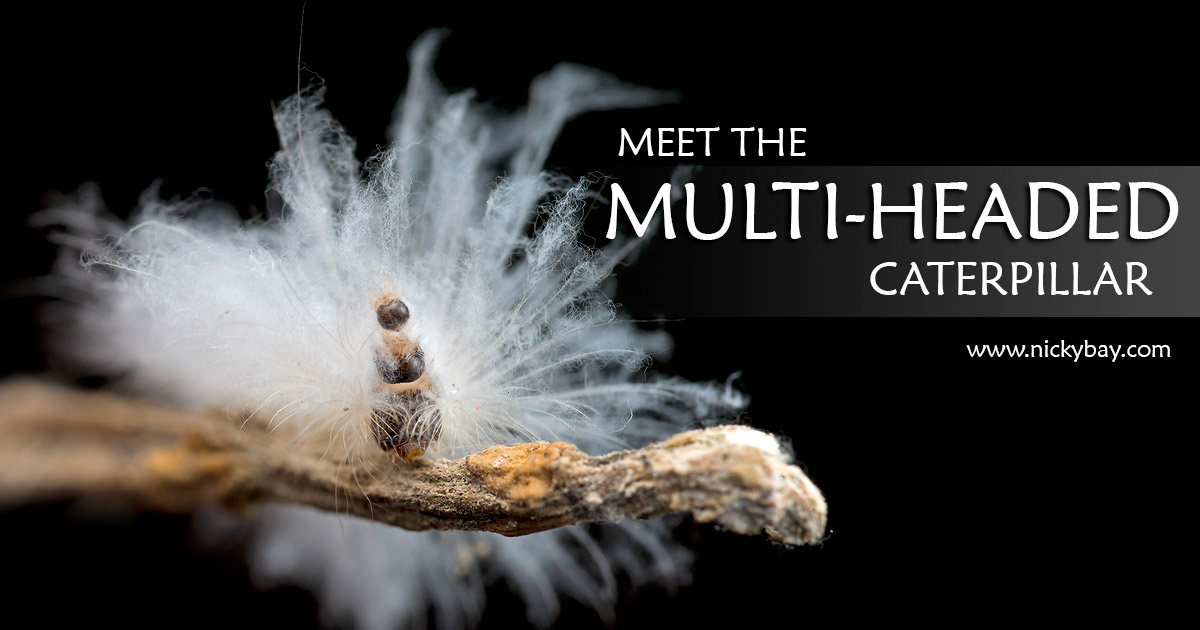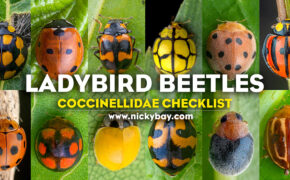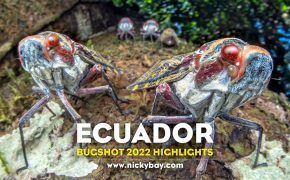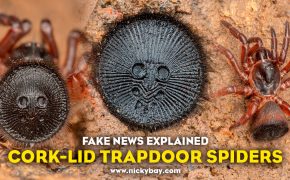Meet the Multi-Headed Caterpillar
Multi-headed creatures seemed to exist only in mythology and science fiction… until now. Meet the multi-headed caterpillar – it sports multiple heads, with the next head hovering above smaller than the previous one.
Multi-headed caterpillar (Sarbena lignifera)
Multi-headed caterpillar (Sarbena lignifera)
Close up on the multiple heads
Multi-headed caterpillar (Sarbena lignifera)
With so many heads, predators may just bite the old heads off
Multi-headed caterpillar (Sarbena lignifera)
When viewed from above, the “head tower” is concealed
Multi-headed caterpillar (Sarbena lignifera)
While not obvious, a little of the heads can be seen in this picture
Multi-headed caterpillar (Sarbena lignifera)
The fluffy exterior had me thinking that this caterpillar had already been engulfed in fungus… until it moved!
Multi-headed caterpillar (Sarbena lignifera)
These little heads bring a new definition to “bad hair day”
Multi-headed caterpillar (Sarbena lignifera)
From the side, the caterpillar’s heads can be seen peeking out
Multi-headed caterpillar (Sarbena lignifera)
It raised its heads to greet me!
Multi-headed caterpillar (Sarbena lignifera)
Another close up on the heads
Multi-headed caterpillar (Sarbena lignifera)
Doing another back stretch, but the heads won’t fall off!
Multi-headed caterpillar (Sarbena lignifera)
With back-lighting, we could see that the additional heads were just weakly propped up on top of each other.
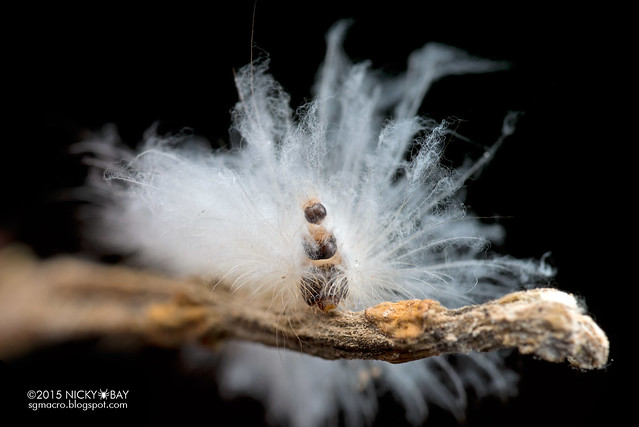
Is it real?
It is definitely real. These extra heads are actually remnants of the caterpillar’s previous instars. Like many other arthropods (e.g. spiders), the caterpillar’s growth is limited by the rigid exoskeleton which must be shed in order to grow. In the process of shedding, this caterpillar retains the exoskeleton of just the head so that with each shedding process, a new head is stacked above!
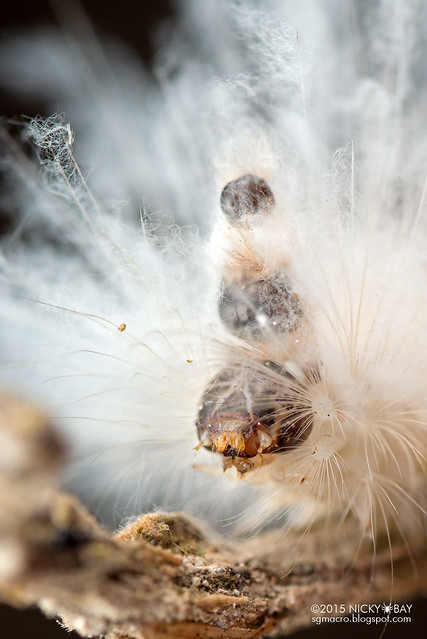
What is the purpose of the additional heads?
I don’t know, and I’m not sure if the actual reason has been studied or proven yet. My first guess is that the additional heads serve as decoys, so that predators would snag its spare heads. In this case, the “redundancy” works!
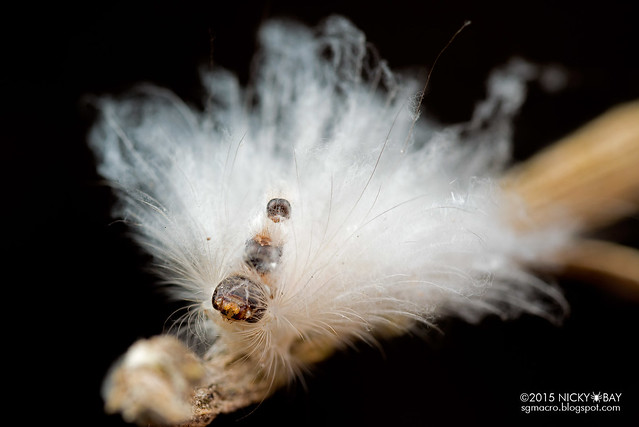
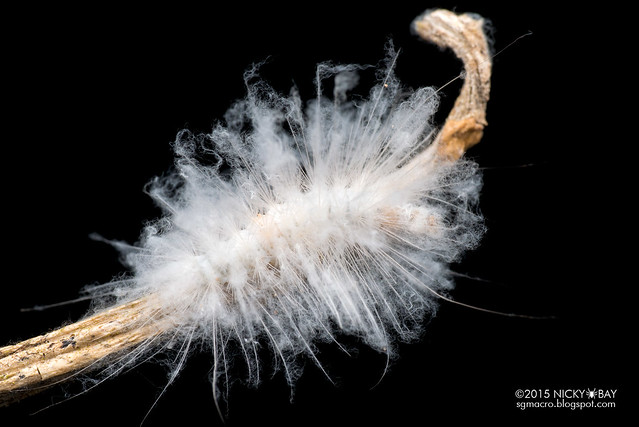
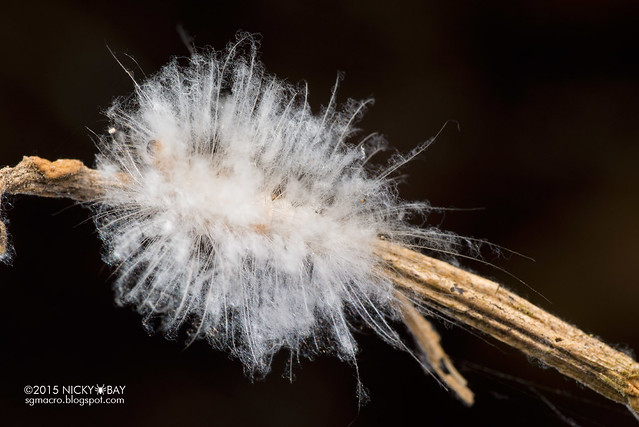
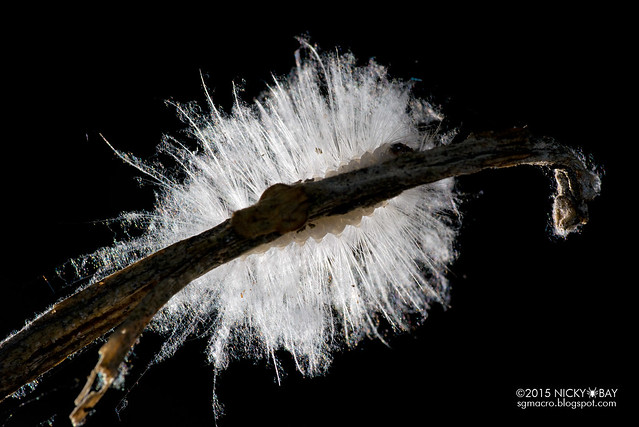
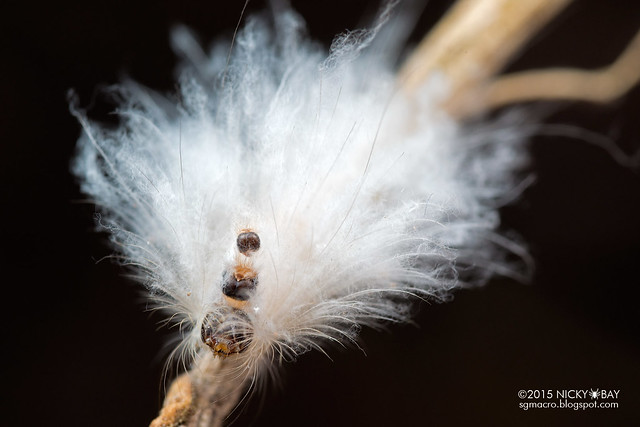

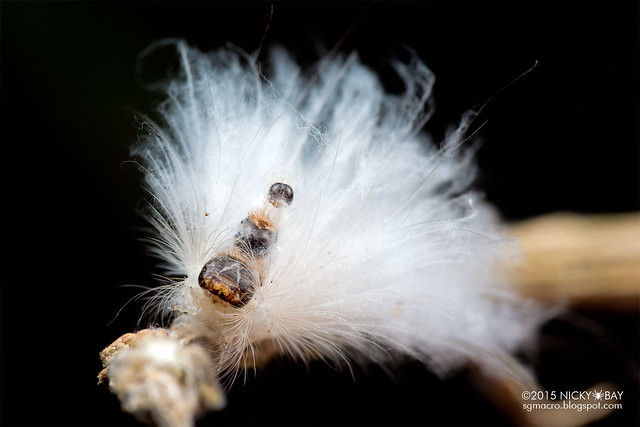
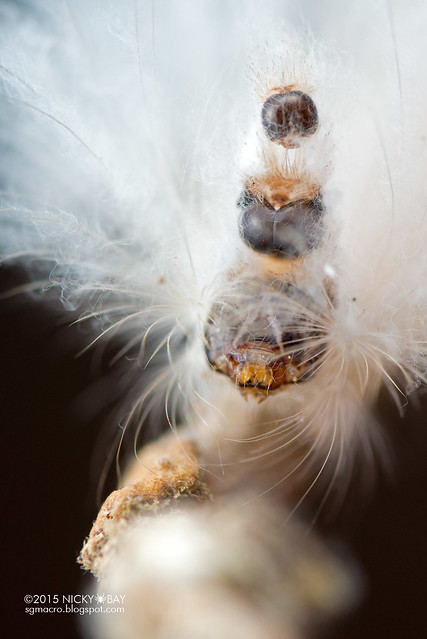
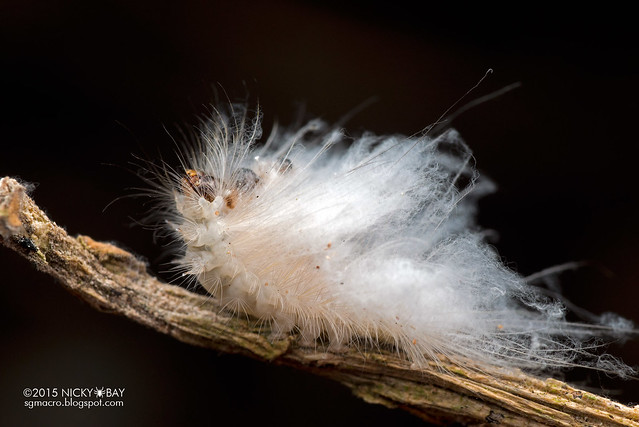
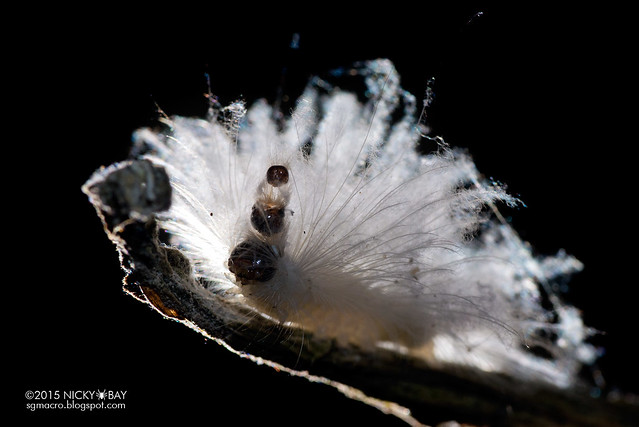
The ID of this species appears to be Sarbena lignifera as pointed out by Henry Barlow via Craig Williams on Facebook.
2015 has thus far been quite interesting, with several new findings which I will document here later!
For a preview of future posts, the complete album can be viewed via Flickr.
Looking for more? Check the 2014 Macro Photography Highlights for the entire year’s significant findings!

